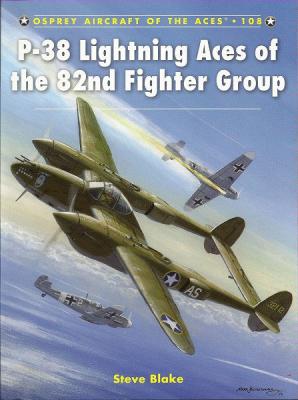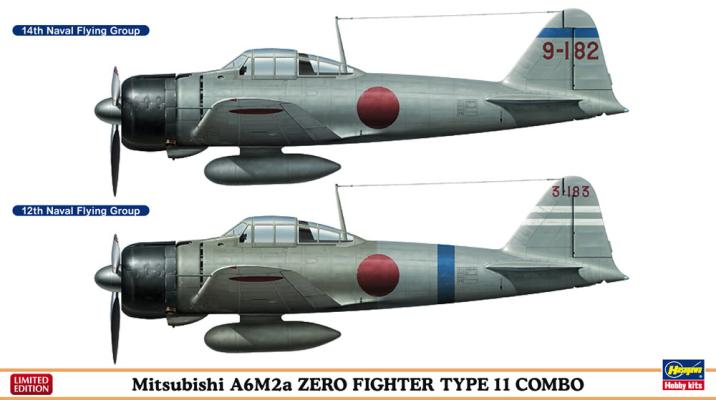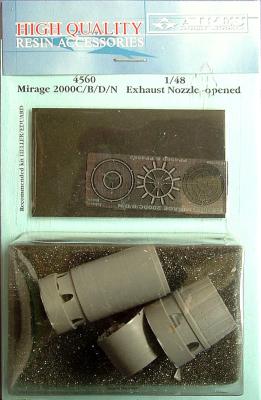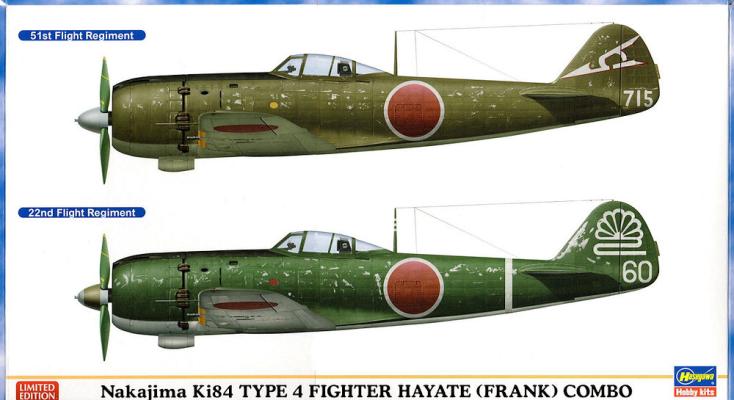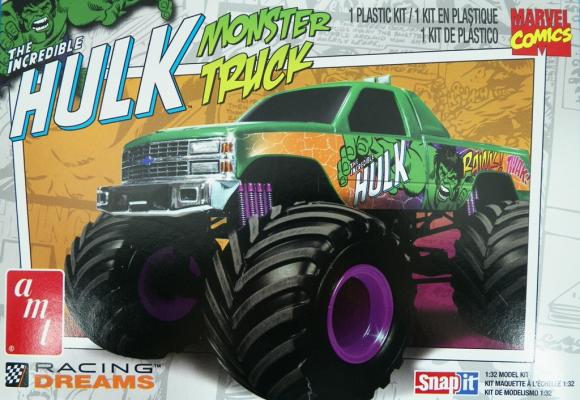The Lockheed P-38 was one of the most recognizable and deadliest aircraft in World War II. It was originally conceived to meet a U.S. Army requirement in 1937 for a high-altitude fighter capable of 360 mph at 20,000 ft. and be capable of full-throttle endurance of one hour at this altitude. Lockheed’s winning design utilized a radical twin-engine, twin tail boom, tricycle landing gear configuration. Designed as a fighter that could fly faster and higher than any other fighter at the time, it was capable of carrying out several types of missions. It could perform as a bomber, a reconnaissance plane, and an escort. However, where it excelled was in the roll of a fighter. It had great success in the China-Burma-India and Pacific Theaters. It also played a vital role in the skies over North Africa and the European Theater. Many pilots became an ace flying the P-38.
Welcome to the IPMS/USA Reviews site!
Introduction: The primary organization of the IPMS/USA Review website is by IPMS/USA National Contest Class. Within each Class there are sub-menus by kits, decals, books, etc. The Miscellaneous Class is for items that are not class specific or that cross two or more classes.
IPMS/USA Members: We encourage you to submit reviews, both here and to the Journal. To volunteer for membership in the IPMS/USA "Reviewers Corps" and submit your own reviews, please read the Guidelines For Submitting Product Reviews.
Manufacturers, publishers, and other industry members: IPMS/USA is pleased to offer your company the opportunity for product reviews. All product reviews are performed by IPMS/USA members, and are posted in the publicly-accessible section of our website. With very few exceptions, we perform full build reviews of new kit releases, aftermarket products, and supplies. If you would care to provide product samples for review, please contact John Noack, IPMS/USA 1st VP.
To learn more about IPMS/USA, please see our About Us page.
Called the most famous aircraft ever produced by Japan, the Zero fighter first appeared in 1939 and was arguably the best fighter aircraft – land- or carrier-based – in the world. It had great range and maneuverability, and its firepower was at least equal to any of its rivals. It had a wingspan of 12 meters and carried an offensive firepower combination of two 7.7 mm machine guns and two 20 mm cannons.
Development of the aircraft started in May, 1937, and the prototype delivered a speed of 491 km/h with its 780 hp Zuisei engine. In 1940, the Japanese Navy adopted the Sakae engine for the aircraft – a 14-cylinder, 940 hp radial engine.
What you get in the large box from Hasegawa are two complete kits; they have recessed panel lines, and there are decals for four airplanes, two each from the 12th and 14th Naval Flying Groups.
There are four manufacturers of 1/48 scale kits of the Mirage 2000 – Airfix/Heller, Italeri, Kinetic, Monogram, and, of course, the re-boxing of the Heller kit by Eduard. All of these kits have poorly detailed exhaust nozzles, except the Eduard re-boxing which provides PE to overhaul the engine to a more convincing replica, the exterior exhaust petals being particularly noteworthy. Enter Aires with its offering of both an open and closed nozzle replacement engine. This is a review of the open nozzle set.
“Forget it, it’s a Frank.” This phrase from the old Famous Fighters series comes to my mind whenever I think about the Ki-84. It is attributed to allied airmen who watched radar screens to find Japanese aircraft that may be potential targets. It meant that the very high performance Frank would be equal or better than the allied aircraft and would not be an easy target. The Nakajima Ki-84 Hayate (Gale) was the culmination of a line of fighter aircraft initiated by Nakajima in 1935 with the Ki-27 Nate and followed by the Ki-43 Hayabusa. The Ki-84 possessed a more powerful engine and was extremely sturdy and possessed good firepower and protection for both the pilots and the fuel tanks. On the down side, the Hayate was beset with problems with hydraulic and fuel pressure systems, brakes, landing gear struts, and a slipping of quality control during manufacture. Fortunately for the allies, the Hayate was never produced in the quantities required by the Japanese Army.
From the pages of Marvel Comics to the arenas and stadiums of North America, the Incredible Hulk has certainly made a brutish and unruly impression upon the imaginations of youngsters and adults for generations. It is also the subject of Round2’s recent release under the AMT brand of this popular monster truck with an equally-popular monster/superhero theme.
Another installment in the AMT brand’s popular Snap-It series, this green monster of a truck is molded in green, purple, and chrome-plated plastic with black vinyl tires, and includes peel-and-stick decals. No clear parts are provided.
Build is quick and easy, as 7-year old Camden slammed this thing out in no time – even before Dad could get pics of the box contents! Instructions are clear and easy to follow, and snap features are fairly well engineered, requiring minimal parental assistance to squeeze some of the more trying fits.










